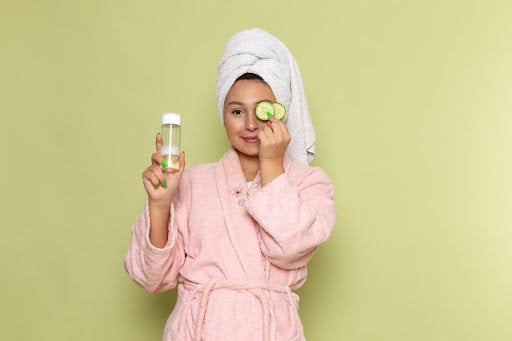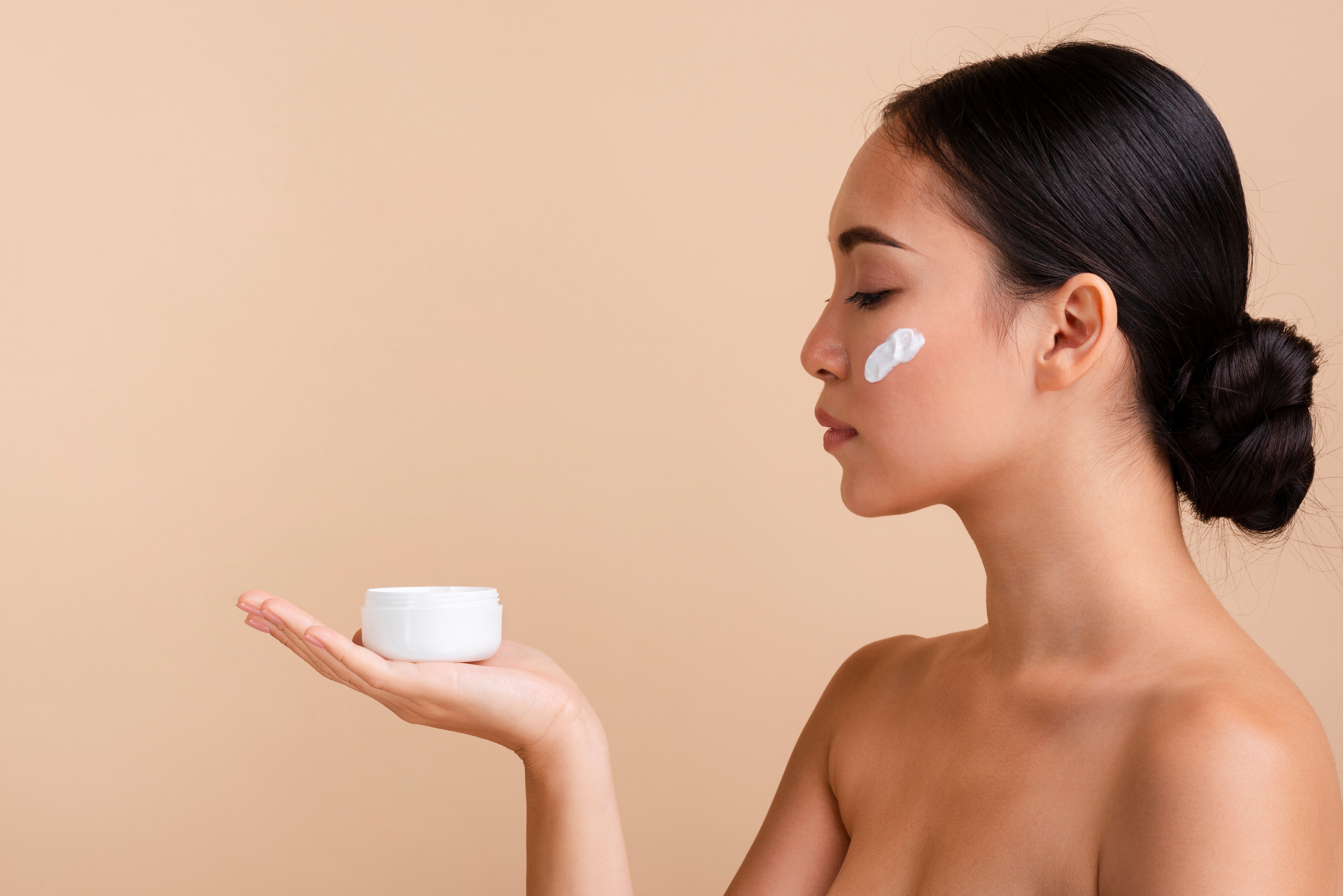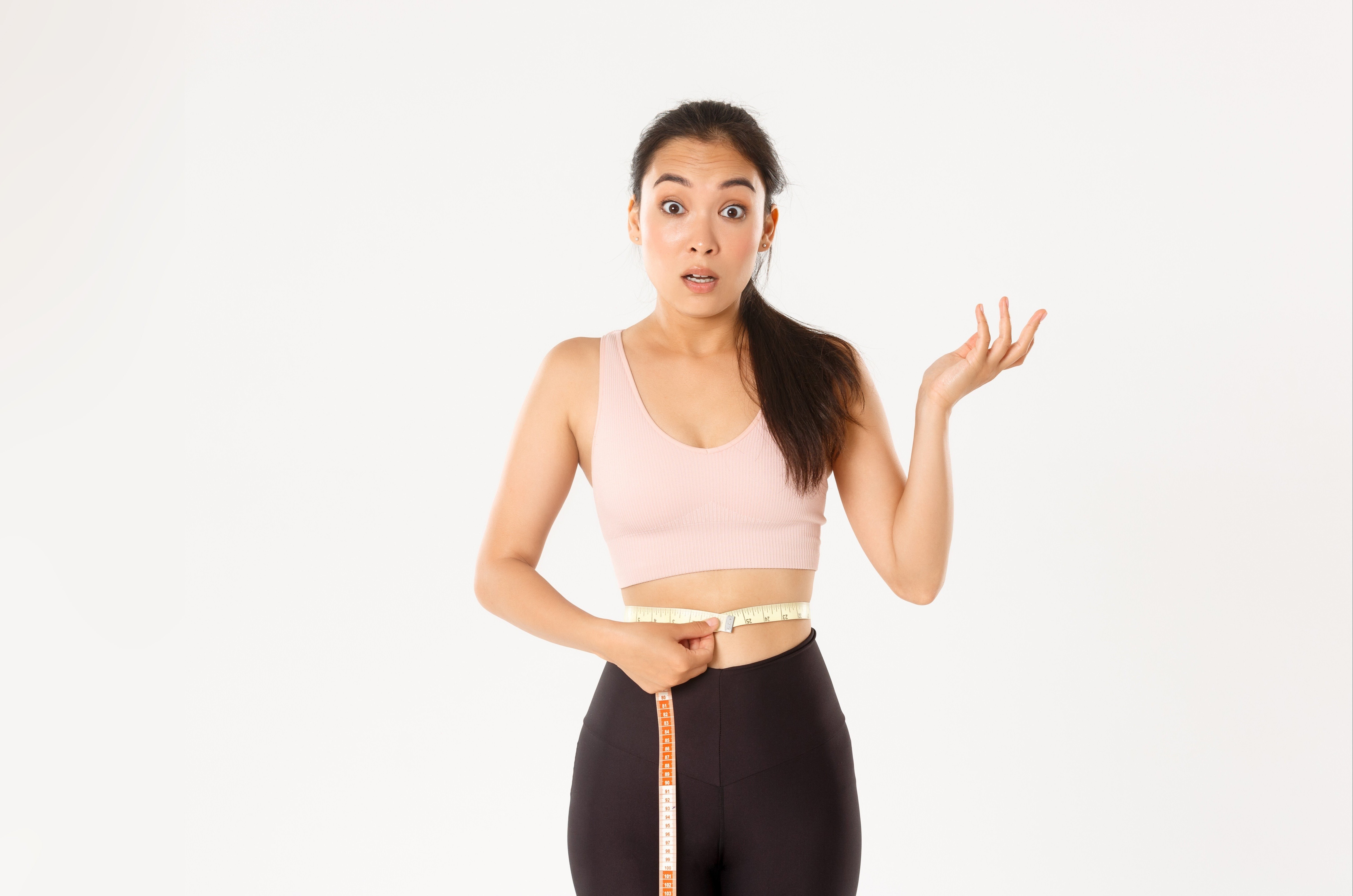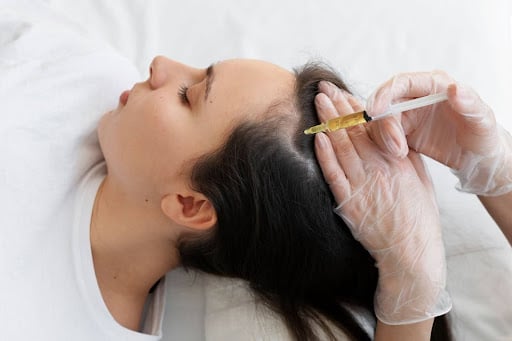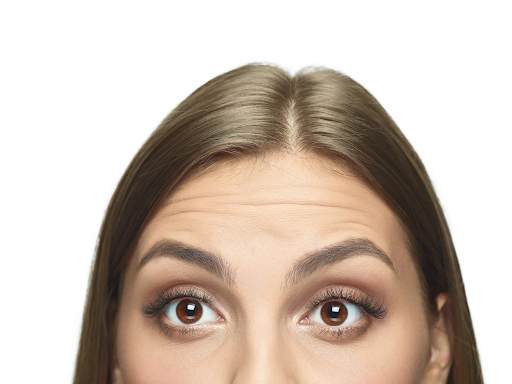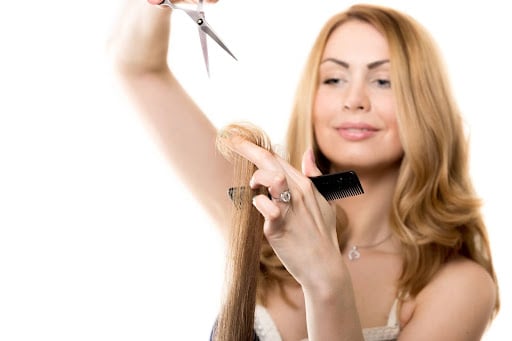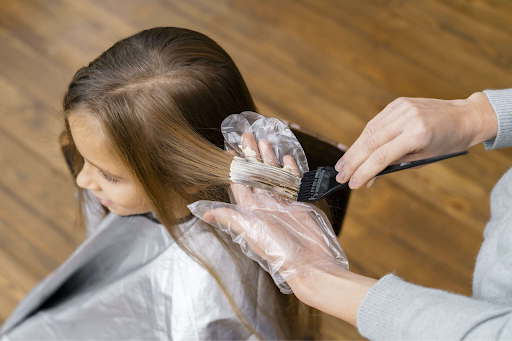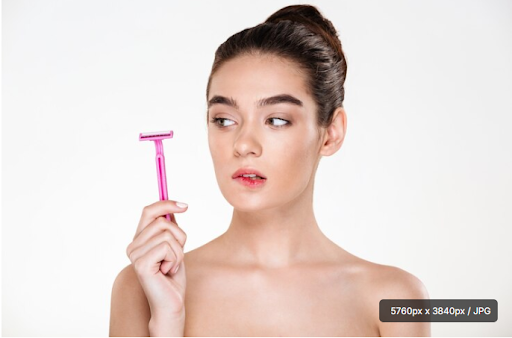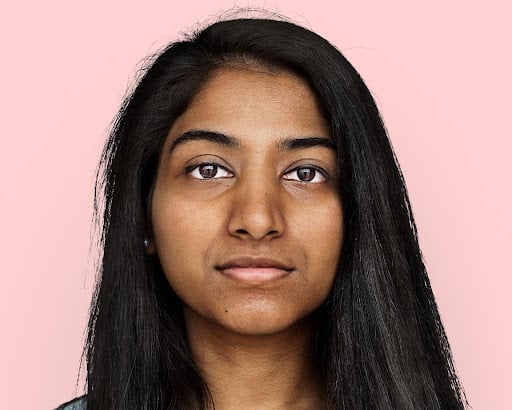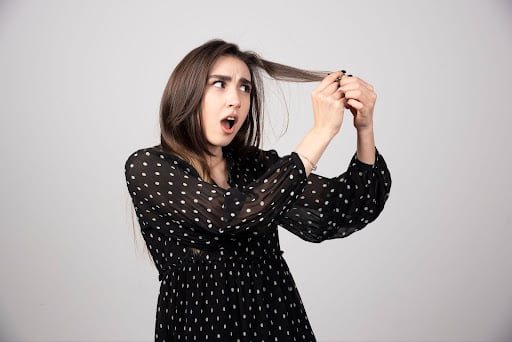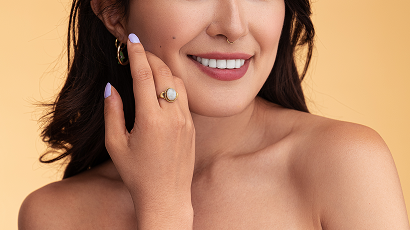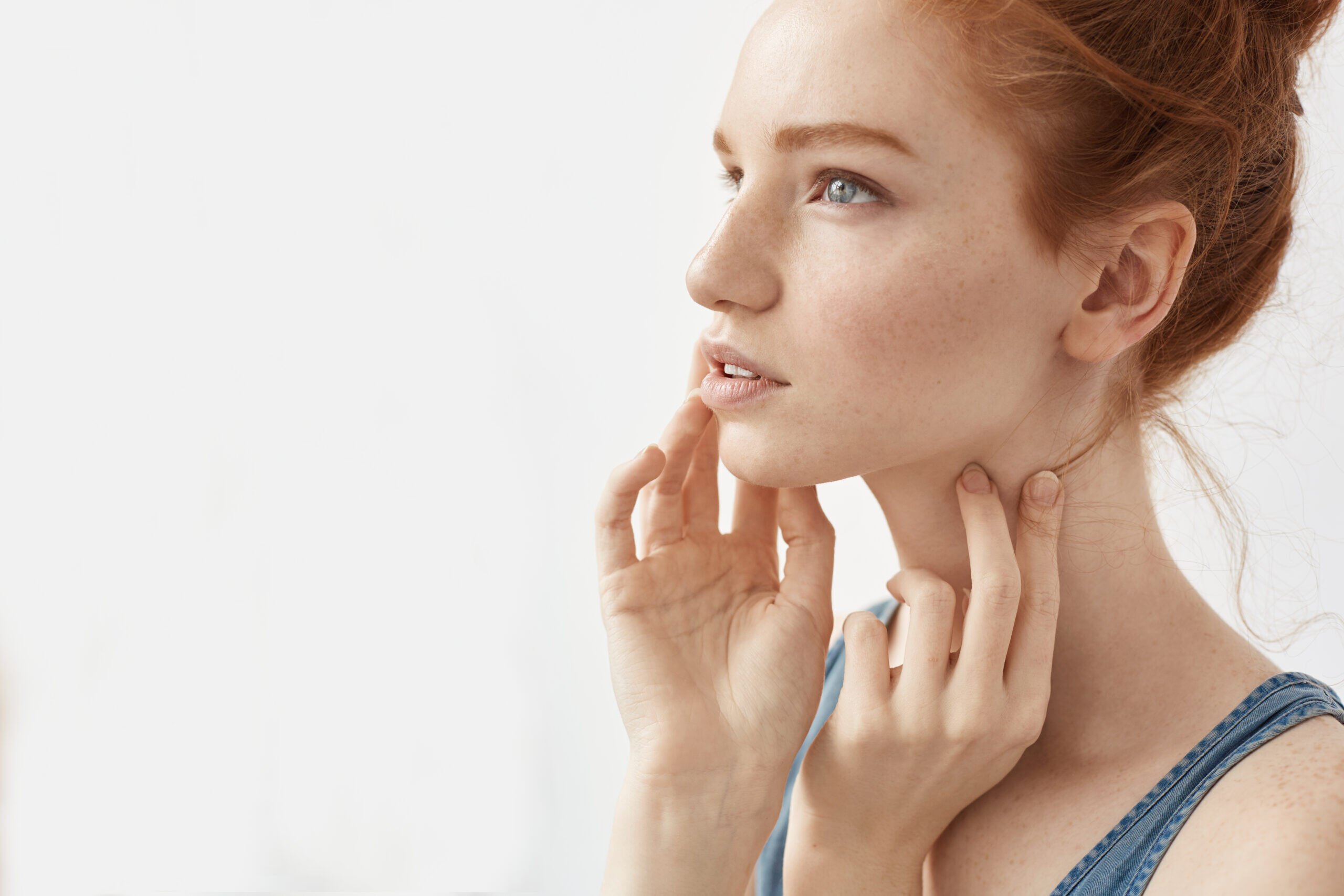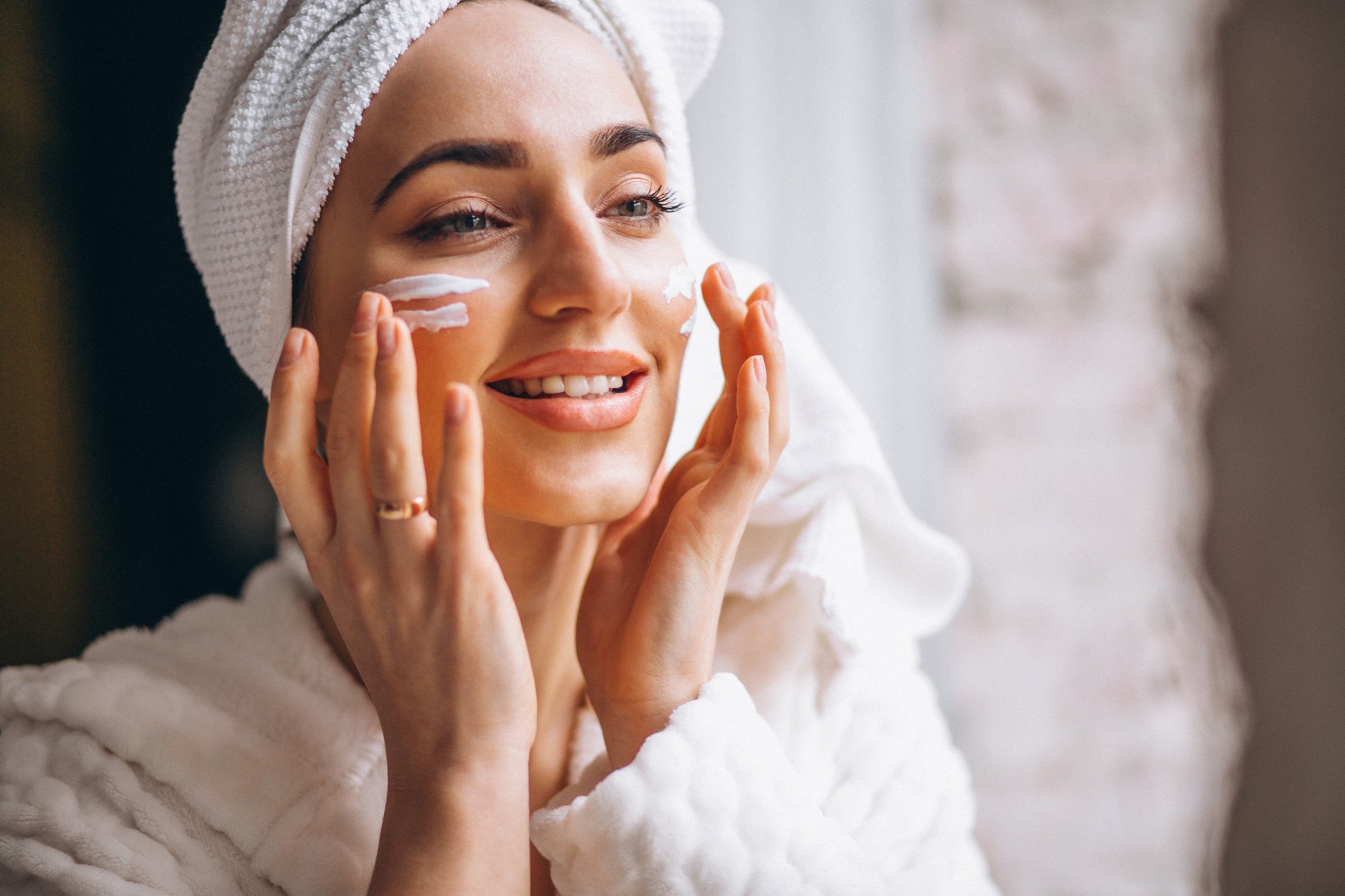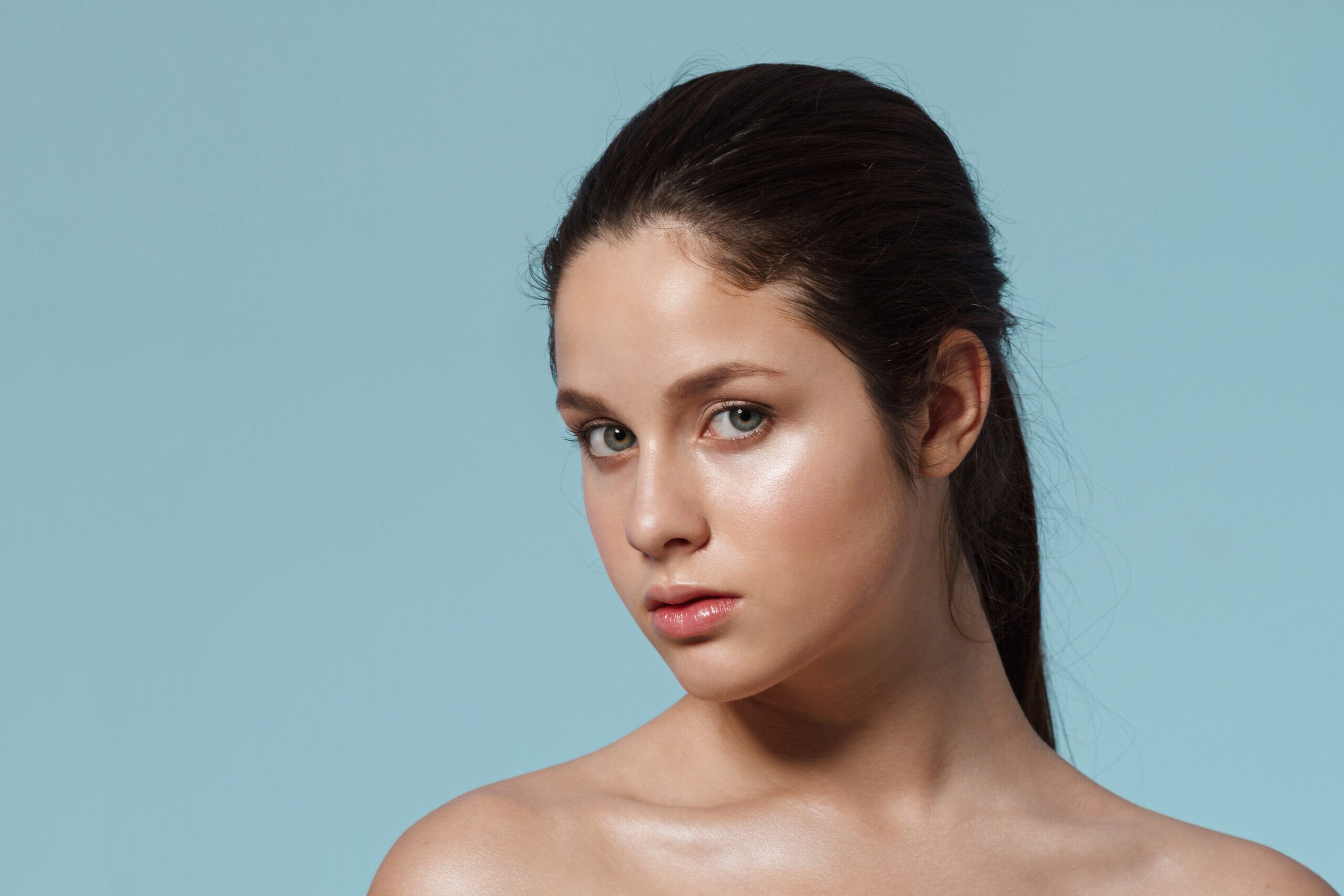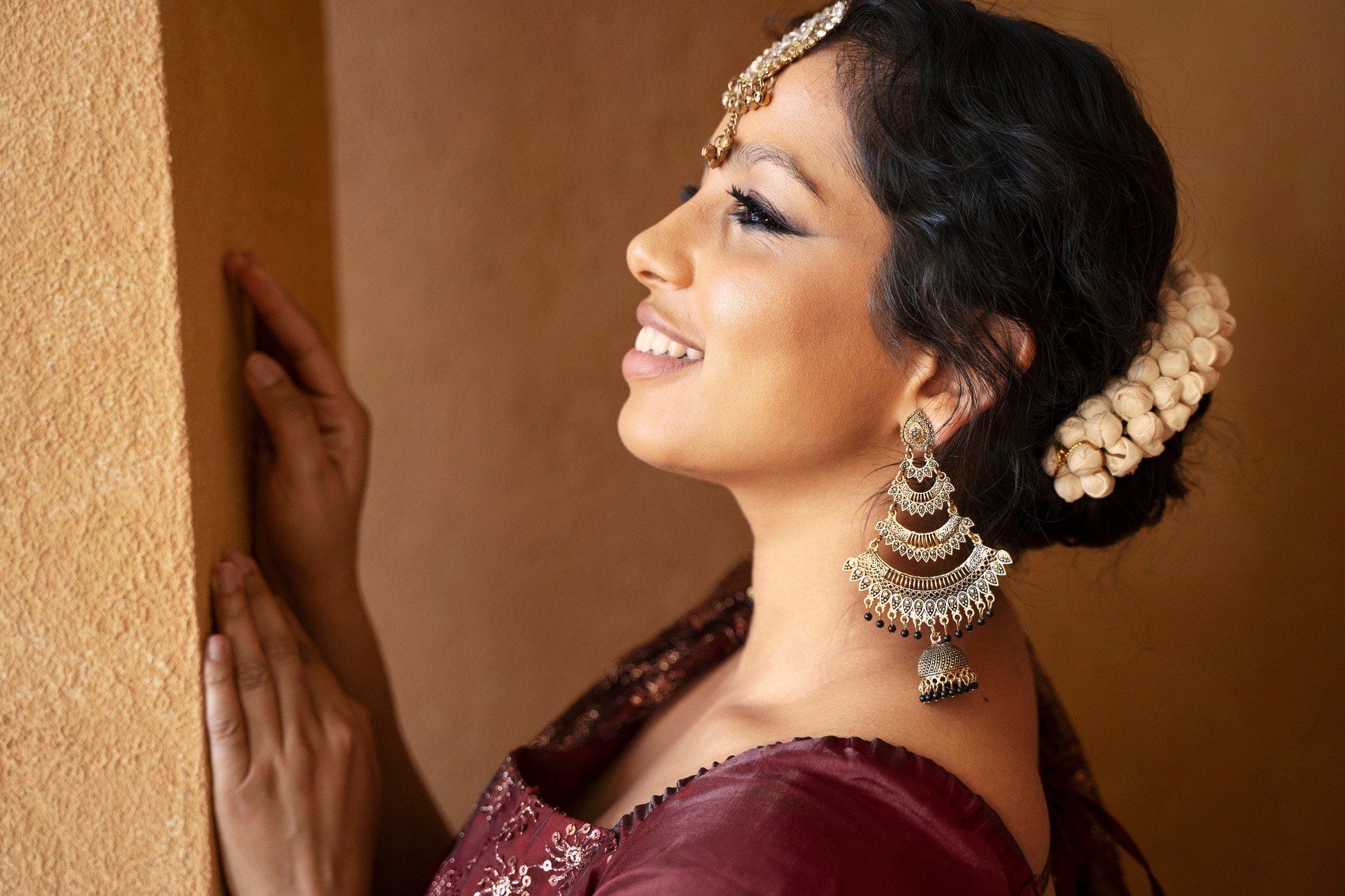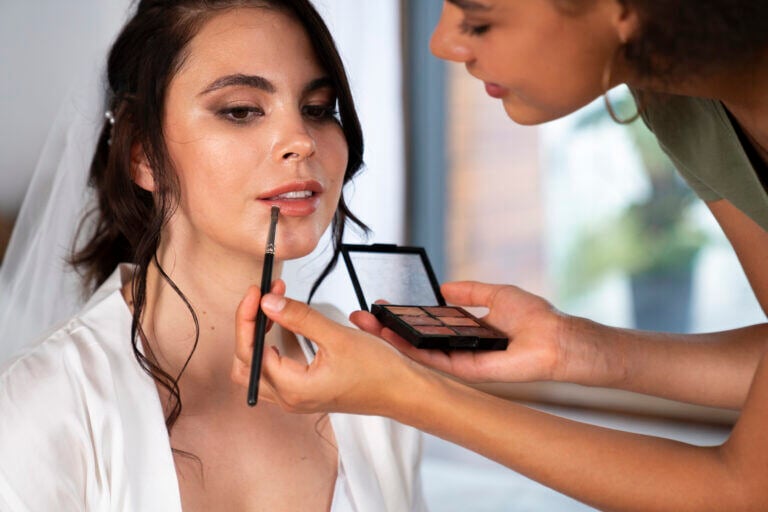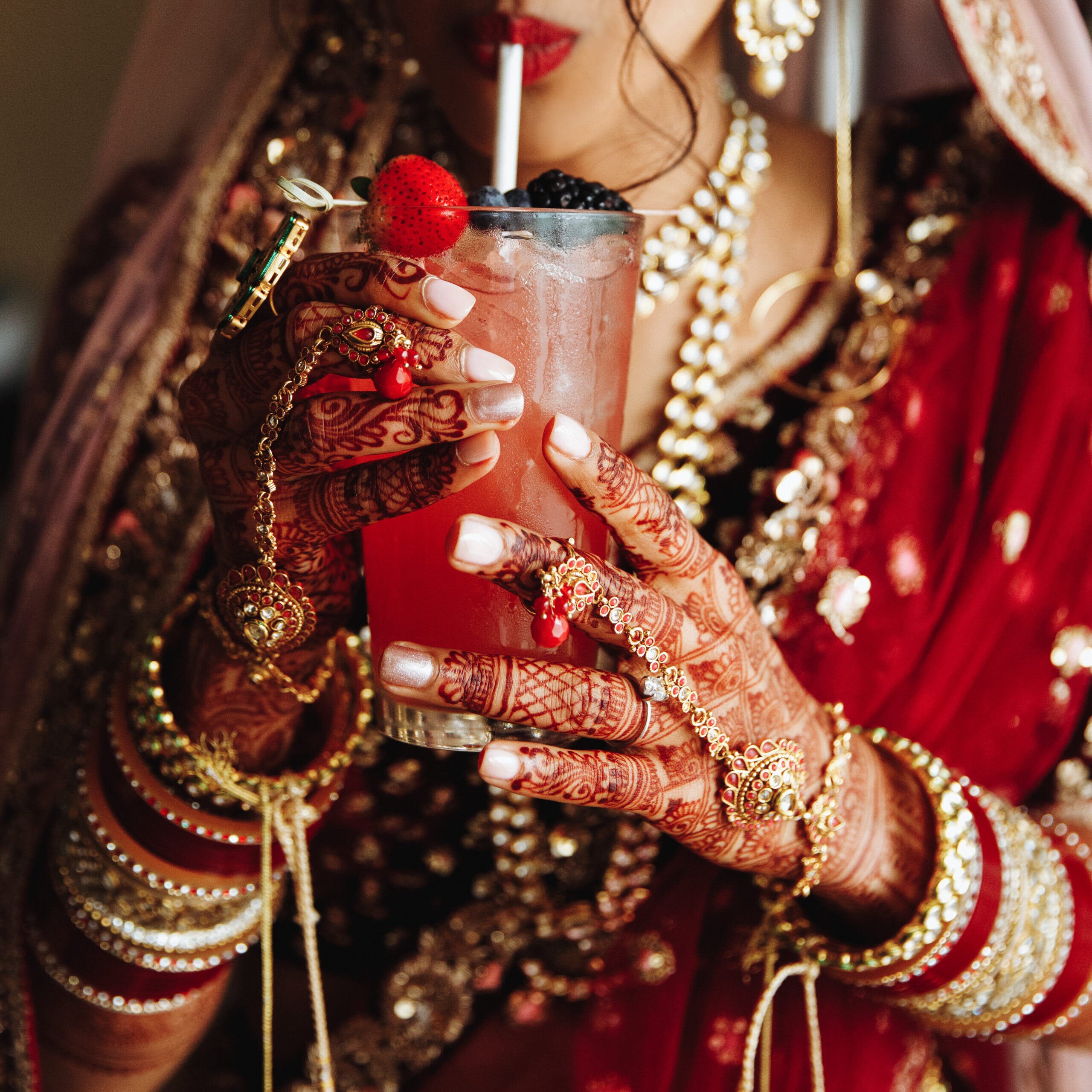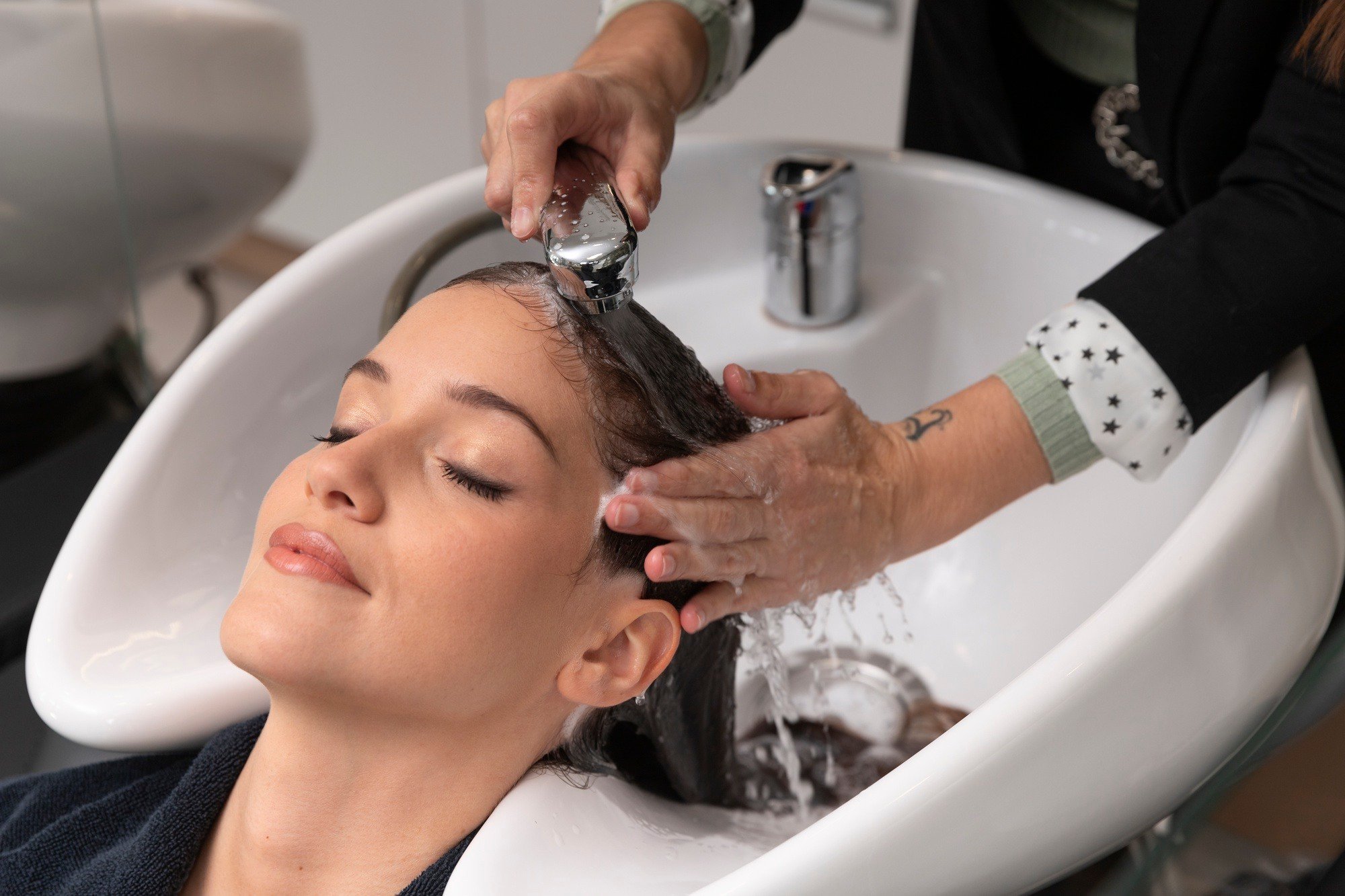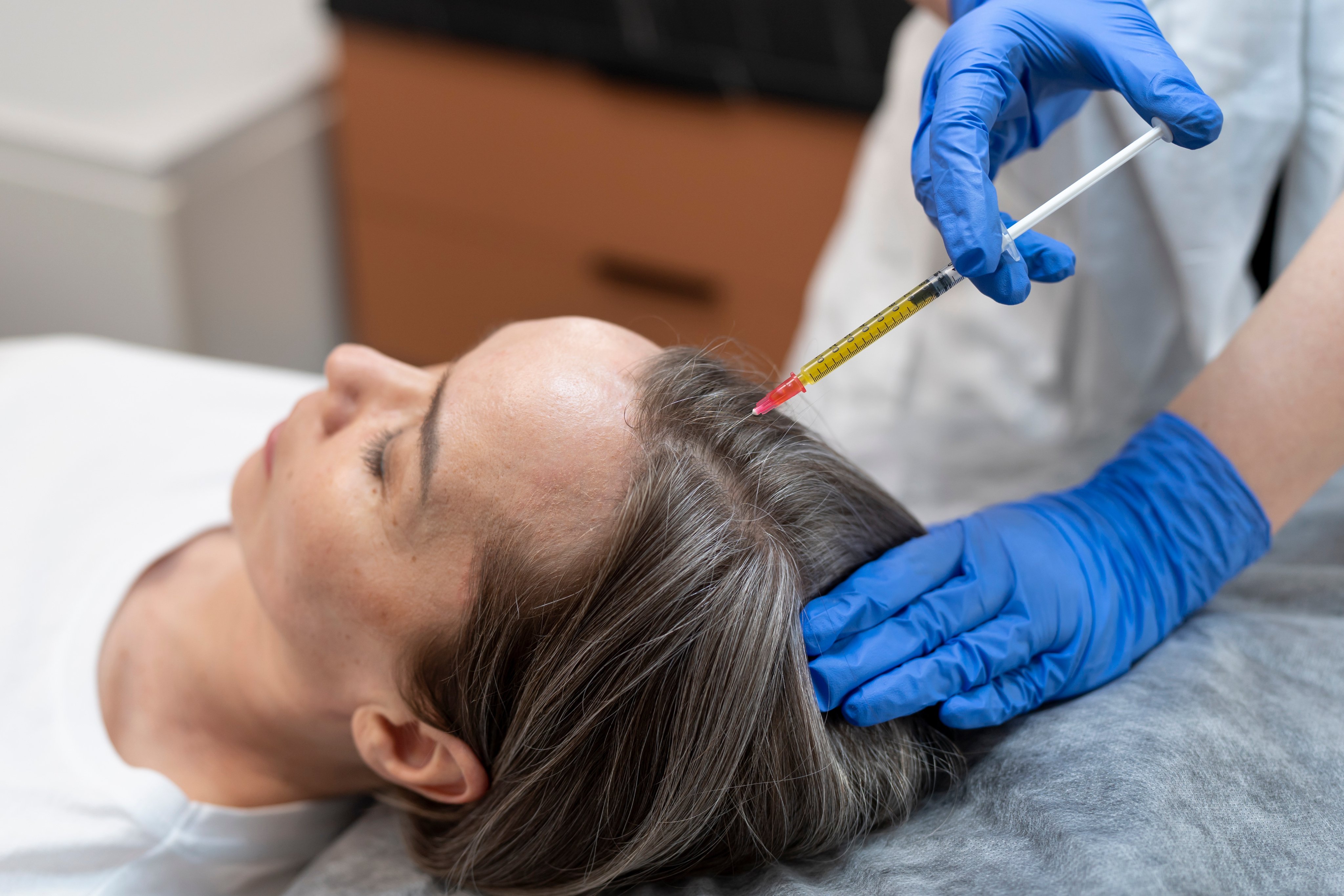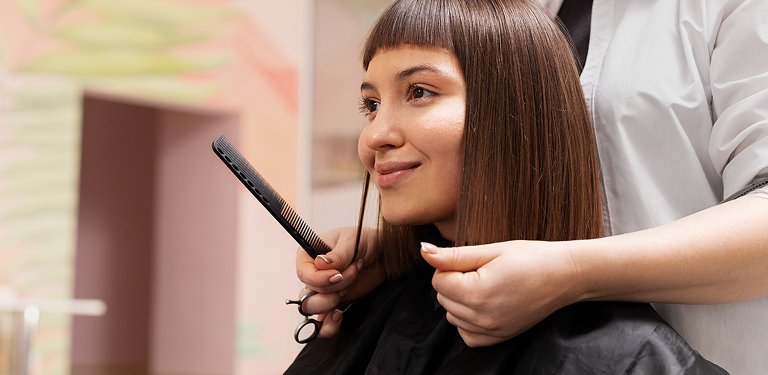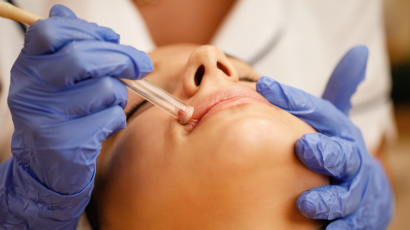Body

Body
What’s the Difference Between Acne and Pimples?
5 minutes read | 14 May 25
Ever wondered why some breakouts seem to come and go while others stubbornly stick around? You’re not alone, and while many use the terms interchangeably, they’re not the same. Think of it this way: while all pimples are part of acne, not all acne is just about pimples. Confused? Don’t worry! We’re here to break down the acne and pimple differences in a simple, clear way. We'll explore everything you need to know, from what causes them to how they appear on your skin.
What is Acne?

Acne is a broader skin condition that affects millions worldwide. It occurs when your hair follicles get clogged with oil, dirt, and dead skin cells. Hormonal changes, stress, and genetics often trigger acne, making it a common concern for teens and adults alike. It comes in different forms—blackheads, whiteheads, cysts, and nodules—all of which vary in severity.
What are Pimples?

Pimples are a symptom of acne, not a separate condition. They occur when bacteria invade a clogged pore, causing inflammation and a red bump to form.
Pimples can be further classified as papules (small red bumps) or pustules (bumps filled with pus). So, while every pimple is related to acne, not every instance of acne includes pimples. Confusing? Maybe a little, but the distinction will make more sense as we dive deeper into acne vs pimples.
Key Differences Between Acne and Pimples
| Feature | Acne | Pimples |
| Definition | A skin condition that causes multiple blemishes, including pimples, blackheads, whiteheads, and cysts. | A skin condition that causes multiple blemishes, including pimples, blackheads, whiteheads, and cysts. Individual red or inflamed bumps that result from clogged pores. |
| Cause | Excess oil production, clogged pores, bacteria, and inflammation. | Clogged pores due to oil, bacteria, or dead skin cells. |
| Appearance | Includes a mix of pimples, blackheads, whiteheads, and sometimes cysts. | Small, red, inflamed bumps that may contain pus. |
| Severity | It can range from mild to severe, often requiring long-term treatment. | Suitable for all hair lengths, from short to long. |
| Affected Areas | It commonly appears on the face, chest, back, and shoulders. | It can occur anywhere on the skin but is often found on the face. |
| Treatment | Requires a combination of skincare, medication, and sometimes professional treatments. | It can often be treated with spot treatments or home remedies. |
| Duration | Requires regular trims to maintain the stepped definition. | Easier to maintain with less frequent trims needed for upkeep. |
| Suitability | It can be chronic and last for years if untreated. | Typically short-lived and disappears within a few days to a week. |
How to Identify Acne vs. Pimples?
Distinguishing between acne and pimples can be tricky, but it’s all about recognising patterns.
- Acne: – If your skin regularly shows signs of blackheads, whiteheads, and painful cysts, you’re likely dealing with acne.
- Pimples: – These are more sporadic. A single red bump or a cluster of inflamed spots often points to pimples.
When you look at your skin, consider both frequency and type of breakout. Acne is more persistent, while pimples might pop up after a greasy meal or during a stressful week.
Treatment Options
Once you’ve identified whether you have acne or pimples, the next step is treating them effectively.
For Acne:
- Topical Treatments: – Products with benzoyl peroxide, salicylic acid, or retinoids can help unclog pores and reduce inflammation.
- TOral Medications: – Antibiotics or hormonal treatments like birth control pills are often prescribed for severe acne.
- Professional Treatments: – Chemical peels, laser therapy, or extractions by a dermatologist can address stubborn cases.
For Pimples:
- Spot Treatments: – Apply a dab of salicylic acid or tea tree oil directly to the pimple for quick relief.
- Over-the-Counter Creams: – Products with benzoyl peroxide can target the bacteria causing the pimple.
Prevention Tips
Prevention is always better than cure, especially when it comes to skincare. Here’s how you can avoid both acne and pimples:
- Cleanse Regularly: – Use a gentle cleanser twice a day to remove dirt and oil.
- Hydrate: – Keep your skin hydrated with a non-comedogenic moisturiser.
- Healthy Diet: – Avoid excessive sugar and greasy foods, which can trigger breakouts.
- Don’t Touch Your Face: – This prevents the transfer of bacteria to your skin.
- Sun Protection: – Use sunscreen daily to protect your skin from harmful UV rays.
By incorporating these habits into your routine, you can minimise the chances of both acne and pimples.
When to Seek Professional Help
If over-the-counter treatments aren’t working or your breakouts are affecting your confidence, it might be time to consult a dermatologist. Severe acne, recurring pimples, or scarring can benefit from professional care. They can assess your skin type and recommend treatments tailored to your needs.
Remember, you don’t have to live with persistent breakouts. Help is just a consultation away. Book your appointment now at Bodycraft.
Clearing Up the Confusion: Acne vs. Pimples
So, are acne and pimples the same? Not quite! While pimples are a symptom of acne, acne is a broader, more complex skin condition. Understanding the difference between acne and pimples is the first step in tackling these issues head-on.
By knowing what causes your breakouts and how to treat them, you can achieve clearer, healthier skin. Whether it’s following a solid skincare routine, seeking professional advice, or making simple lifestyle changes, every small step counts.
FAQs
What age is acne the worst?
Acne is usually the worst during the teenage years (ages 12-18) due to hormonal changes. However, adult acne can also occur, especially in people in their 20s, 30s, and beyond.
Which is painful acne or pimple?
Cystic acne is the most painful as it forms deep under the skin, causing swelling and tenderness. Regular pimples can be uncomfortable, but they are usually less painful than severe acne.
How many pimples are considered acne?
If you have frequent breakouts with multiple pimples, blackheads, or whiteheads over a prolonged period, it is considered acne. Generally, having more than 5-10 active pimples regularly may indicate acne.
Does ice help acne?
Yes, applying ice can help reduce swelling, redness, and inflammation of acne. It temporarily soothes the skin and can minimise the size of painful pimples, but it won’t cure acne completely.
Related categories
Get a complimentary consultation today. Book now






































.png)

























-1.png)

